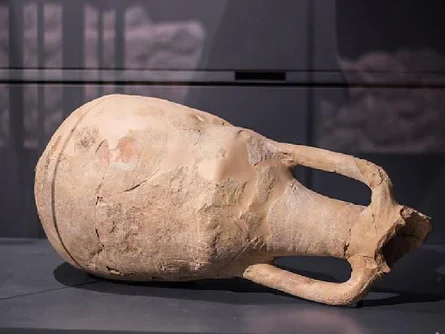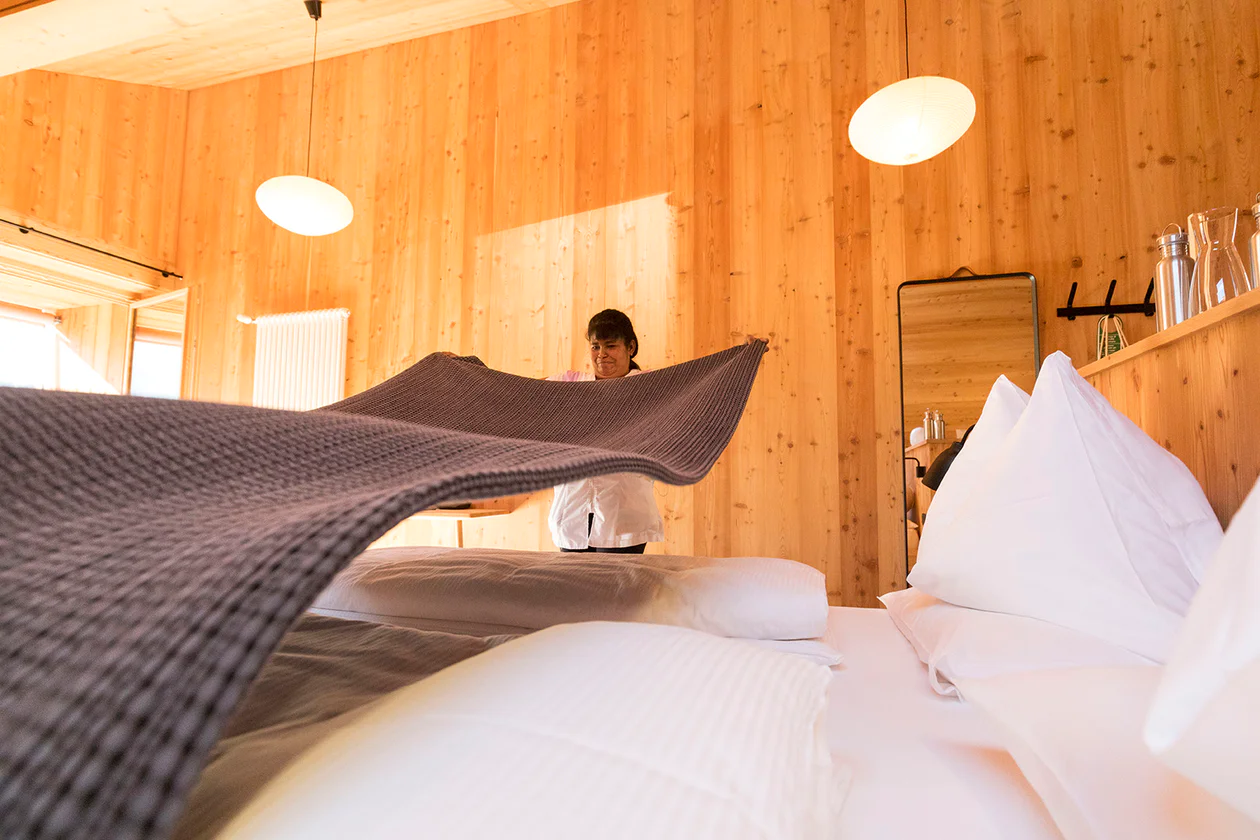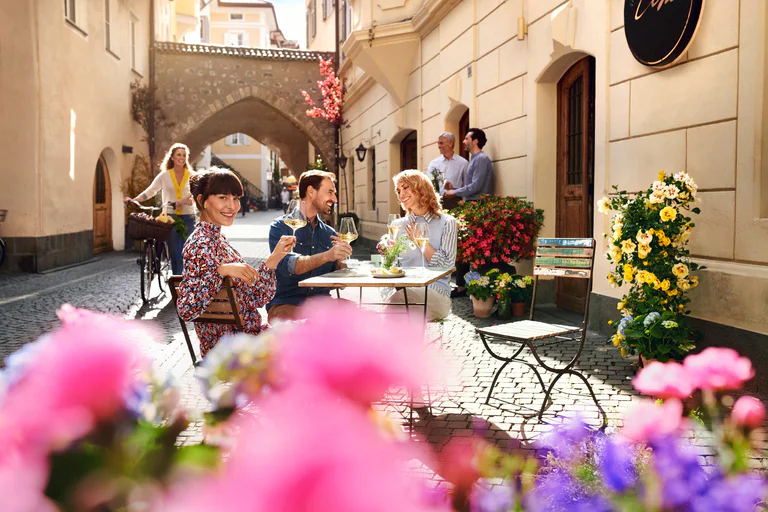Museum Pons Drusi - Remains of the Roman Era
During the construction work of the Center for the Care of the Elderly, some extraordinary evidence of the Roman Era (1st century AD) was brought to light: a richly frescoed building with a columned hall and a massive structure, probably the base of a temple or a monument. To date, the archeological area is considered the most important testimony of Pons Drusi, i.e. Bolzano Bozen in the Roman era. The settlement stood at the intersection of the Roman road between the Val d'Isarco and the Val d'Adige along the Via Claudia Augusta.
Entry & admission
only with guided tours
€ 7 for adults
€ 5 for seniors aged 65 and over
€ 3 for children under 14 years
Maximum 15 people
Resevation required
Info & Booking
info@grieserhof.bz.it - T. +39 0471 097100

























































